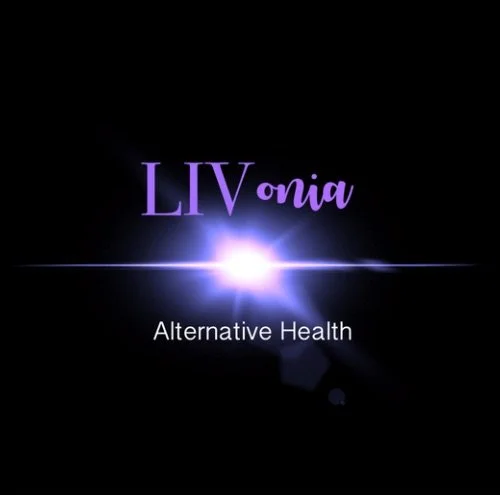Women’s hormones throughout life
A woman’s health throughout her lifetime is vastly affected by hormonal influences beginning with the onset of menarche through post-menopause. This is approximately 40 years of a woman’s life. In addition to affecting reproductive and general health, these hormone changes can significantly impact connective tissue and the body’s frame including muscle, tendon, ligament and joint health. At each stage of life, a woman’s hormonal balance plays a crucial role in how well her body maintains its structural integrity and bone strength.
A woman’s hormone changes impact connective tissue
During adolescence, estrogen and progesterone are readily available to help create optimal connective tissue. Estrogen and progesterone have been shown to increase the expression of relaxin which may explain the increased laxity during this time.
At the start of pregnancy, a woman’s body immediately begins to increase levels of the relaxin hormone to prepare for the expansion of the pelvis during childbirth.
During the aging process and into perimenopause, changes such as osteopenia and osteoporosis become more common, partially because of a drop in estrogen production.
Endocrine Disruption/Hormone Imbalance/Toxic Load
We live in a world bombarded with xenoestrogens found in environmental pollution such as plastics from bottled water, tap water, makeup, whitening toothpaste and seafood.
Zearalenone is an estrogen-like fungus that colonizes on corn, soy, barley, wheat and other grains and beer.
Glyphosate is a pesticide found in corn, canola and cotton which causes estrogenic activity and fuels certain hormone dependent cancers.
Propyl gallate is a common preservative that acts like estrogen. It’s used to keep fats and oils from going rancid.
Conventional meat and dairy: Naturally occurring hormones in dairy milk pass the blood-milk barrier. Additionally, soybean use is commonplace in dairy and meat production. 17-b oestradiol is found in the meat of pigs, cows and chickens.
Alcohol: beer, wine and bourbon triggers estrogen levels to increase.
BPA’s toxic effects include a estrogen overload that can turn breast cells into cancerous ones. BPA hiding places: cash register receipts, canned food and drinks, keg liners, and polycarbonate water bottles.
Phalates found in synthetic scents in candles, personal care products, makeup, vinyl shower curtains, nail polish, #3 plastic cling wrap, and the air fryer.
Fracking of oil and natural gas uses at least 1000 different chemicals though out the process including at least 100 identified hormone disruptors. And the list doesn’t stop here.
Increased exposure to environmental pollutants and chemicals can contribute to uterine fibroids, cystic breasts and cystic ovaries.
Dysmenorrhea
Hormone imbalances in women can present themselves as early as adolescence when a girl begins menstruating. Frequent or irregular and painful periods with pain in the hips, low back and inner thighs as well as nausea, vomiting, diarrhea, and fatigue. Dysmenorrhea impacts more than 50-90% of women at some point during child bearing years. In approximately 20-30% of women the symptoms are so severe they impact quality of life for several days every month. In primary dysmenorrhea, where there is no underlying pelvic condition like endometriosis or uterine fibroids, these symptoms can persist for decades and negatively impact school, work, and social life.
Traditional allopathic treatment includes NSAIDs and oral contraceptives which only mask the symptoms instead of treating the underlying root cause such as toxic load, musculoskeletal dysfunction impacting nerve flow and hormone release and lack of specific nourishment. A more holistic support includes chiropractic with a focus on upper cervical and lumbar and pelvic innervation to the reproductive system, cranial therapy, abdominal massage. In addition to bodywork, recommendations may include herbs and whole food supplements for hormone balance, homeopathy, detoxing toxic load, nourishing the body with 5-7 cups of vegetables, adequate protein and fats to support recuperation and hormones. Stress management techniques like exercise, meditation and yoga are also helpful.
Chronic High stress levels cause a dominant sympathetic nervous system directly impacting hormone balance, especially the adrenal hormones. Too much cortisol affects muscles, tendons, ligaments, and can contribute to bone loss. These stress hormones create imbalances among other endocrine glands.
Often, in my practice, I find hormone imbalances in women surviving with fight-or-flight lifestyles including poor sleep, inconsistent eating, dehydration, consumption of highly-processed convenience foods, abnormal elimination, poor breathing mechanics and high mental/emotional demands. This is a recipe for adrenal fatigue! The body’s basic physiological functions are not being met. These women typically feel depressed, anxious, and exhausted, with little joy in their lives. Adrenal imbalance will eventually create imbalance in the thyroid, pancreas and ovarian hormones because the endocrine system is connected in a kind of a co-dependance.
Arches of the feet
Women of all ages need to be checked for the three arch positions in their feet while weight bearing. Estrogen, progesterone, and relaxin can have a detrimental impact on the stability of the arches.
Our approach
At LIVonia Alternative Health, we combine instrument assisted chiropractic adjustments, cranial therapy and corrective exercise to help freedom of movement. We also use Nutrition Response Testing to identify barriers to healing, to purge the body of toxic load and to create a plan to restore nourishment giving our bodies the building blocks they need to meet the demands of a stressful life and regain vitality. We would love to help you feel better. Call to set up a consult and take the first step towards felling better.







